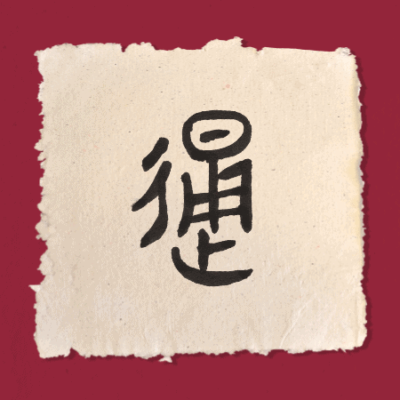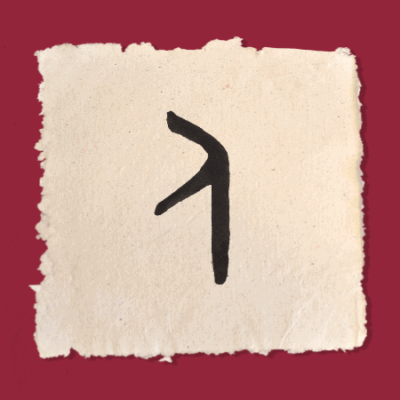What is Mindfulness
Mindfulness is an ancient Eastern practice and Buddhist philosophy dating back at least 2500 years. It was introduced to the Western world in the 1970s.
Mindfulness has been defined as
- The quality of state of being mindful
- The practice of maintaining a nonjudgmental state of heightened or complete awareness of one’s thoughts, emotions, or experiences on a moment-to-moment basis
In my personal experience as a Yoga and Qigong teacher, I would say Mindfulness is bringing awareness to the present moment. It is the ability to be in and truly experience the present moment.
My Journey with Mindfulness
I used to think Mindfulness was a pretty impossible practice. It should be so easy, you do one thing at a time, and that’s your focus. Sure, maybe as a baby when you’re learning to walk!
I’m retired now but when I was working, I loved my job because I was always so busy. I was always running from one project to another, putting out fires, and I seldom sat at my desk, but when I did, it was paperwork that kept my mind busy.
At the end of the workday, I would shut down with a cocktail or glass of wine in front of the TV and watch a sitcom to stop thinking about work. That’s one way of living.
Thich Nhat Hahn described another way. He said we could experience Mindfulness walking in nature very slowly, taking small steps, being very aware of each part of your foot as it touches the ground.
Life moves forward much slower when you live it mindfully.
In his book, The Power of Now, Eckhart Tolle said “The past has no power over the present moment.”
How much time do we spend fretting over the past or worrying about the future?
I saw Oprah Winfrey interviewing Eckhart Tolle one time and he asked her, when was the last time you took a shower alone and in the present moment? How often do you bring thoughts of other people into your shower as you make plans for the day/week, or follow up on yesterday’s events? Taking a shower with mindfulness means awareness of holding the bar of soap, mixing it with water and noticing the temperature of the water and the suds the soap makes, inhaling the scent, applying the soap to your arms, feeling the sensations on your skin as you move your hand up and down your arm; feeling the sensations in your toes, between your toes and the bottom of your feet as you wash your feet; opening the bottle of shampoo, pouring it out in your palm, noticing the smells, sensations in your palm; the sensations in your fingertips when you scrub your scalp and the tingling in your scalp. You get my drift?
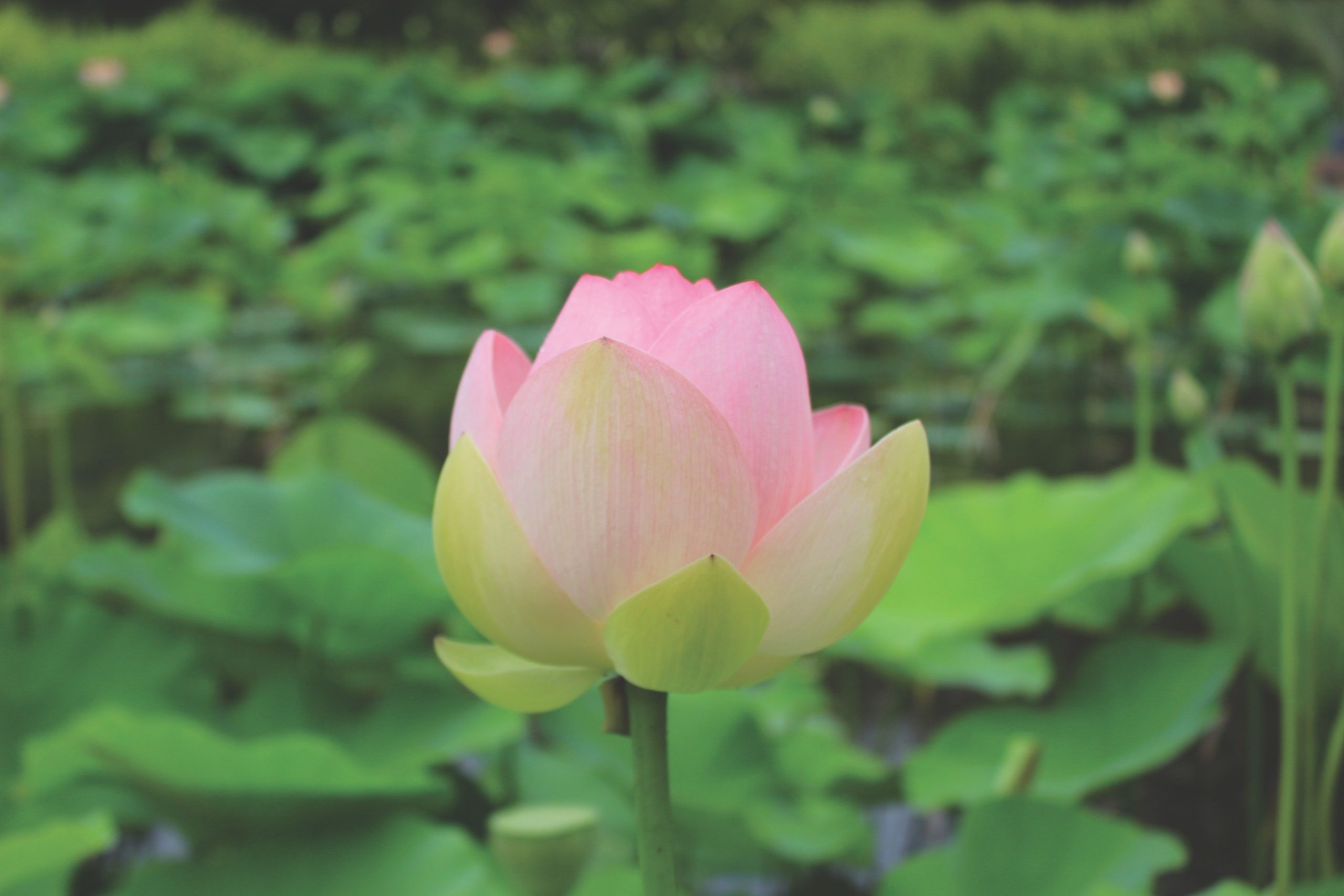
Mindfulness and Gratitude
Practicing gratitude with Mindfulness takes your practice to another level. Try it while doing the dishes, an activity not many people enjoy. . . feeling the warm water on your skin, grateful for the water that runs freely, not taking it for granted; as you wash away food remnants from your dish, grateful for the delicious meal you just enjoyed and full feeling in your belly: bringing awareness to the soap suds in your sink and their different shapes; grateful for the soap that cleans your dishes; grateful for the fork that scooped up your food and brought your hand to your mouth.
This practice of gratitude with Mindfulness will open your heart and washing your dishes becomes a joy, not a chore.
Being in the Present Moment
Practice Mindfulness in the present moment while making a cup of tea. Bring awareness of your posture and the chair beneath you, supporting you; the tea cup shape and color, slowly lifting it to your lips and feeling the liquid heat on your lips and the taste as it enters your mouth; the sensations inside your mouth and the act of swallowing, feeling the tea make its way down your throat, pausing and enjoying the sensations warming your body all the way.
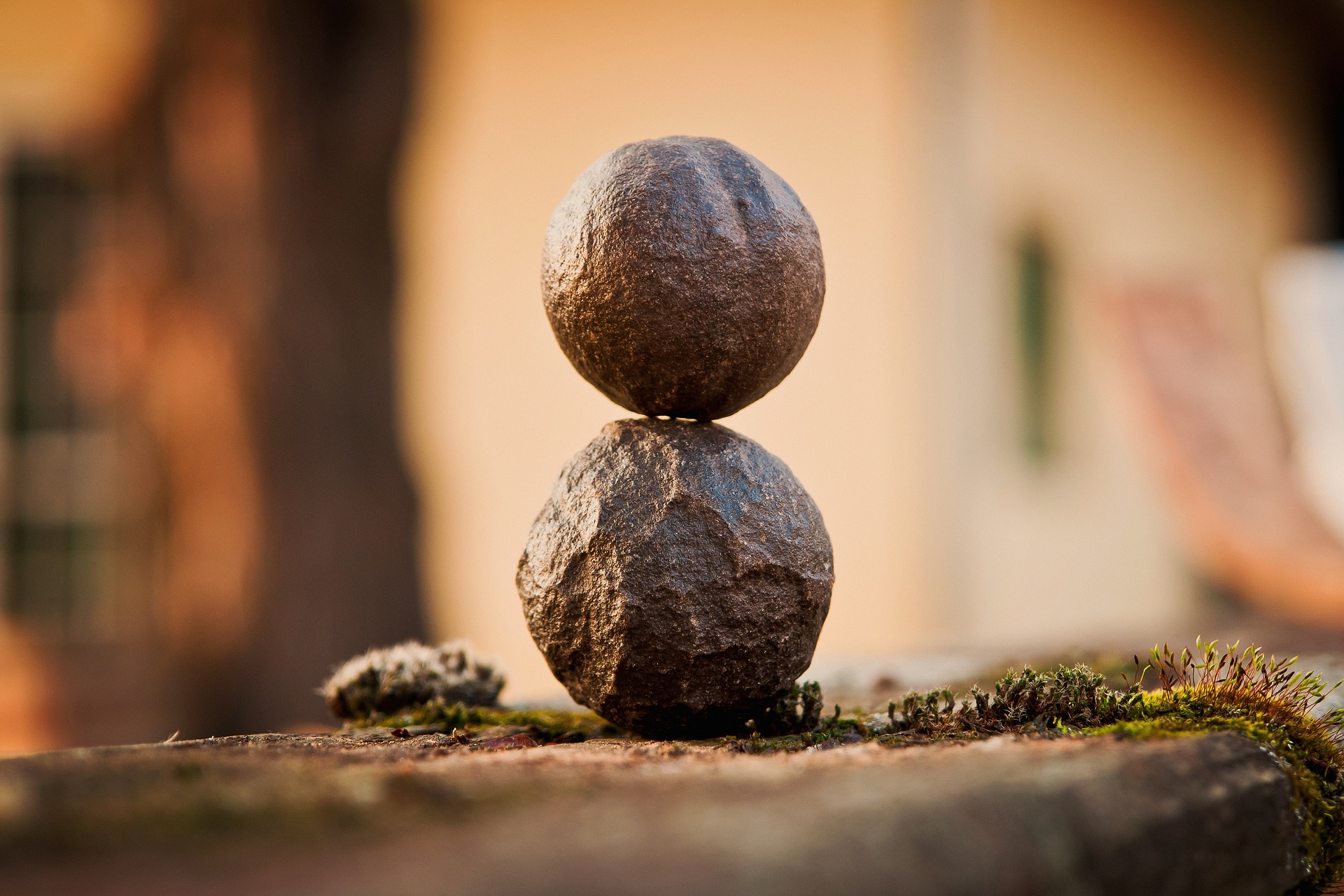
Mindfulness in Yoga
My yoga practice helped me with Mindfulness as I practiced pranayama, breath control practices. I focus on my breath while performing my practice of asanas, or poses. Once you’ve developed a smooth flow of your breath with the flow of your moving postures, you are so focused on each moment and it feels like a smooth choreography where your breath and body movements are one. It takes a lot of practice and even still, as I hold a pose for several breaths, my thoughts can wander outside the four corners of my mat . . . what will I eat for dinner, what bills I need to pay, or who I need to call today, and on and on. As the ancient text, Yoga Sutras by Patanjali, Sutra 1.14 says, you must develop a consistent practice over a long period of time to reap the benefits of yoga. The same is true for Mindfulness, and it is also true when practicing Yuan Qigong. I can vouch for that.
Mindfulness in Qigong
After I retired, I took up Ren Xue and Yuan Qigong in 2020 and studied five methods. I love the beginning of each practice: relaxing the body and then adjusting the mind and Shen (your True Self) to build a Qifield. The difference spills out from my practice into my day-to-day life. I can stop anywhere almost, at a red light, in line at the grocery store, sitting in a conference room before a meeting. I can pause and relax my whole body and then calm my mind building a Qifield. It resets my frame of mind and relieves tension from my body immediately. But again, it takes diligent and consistent practice every day.
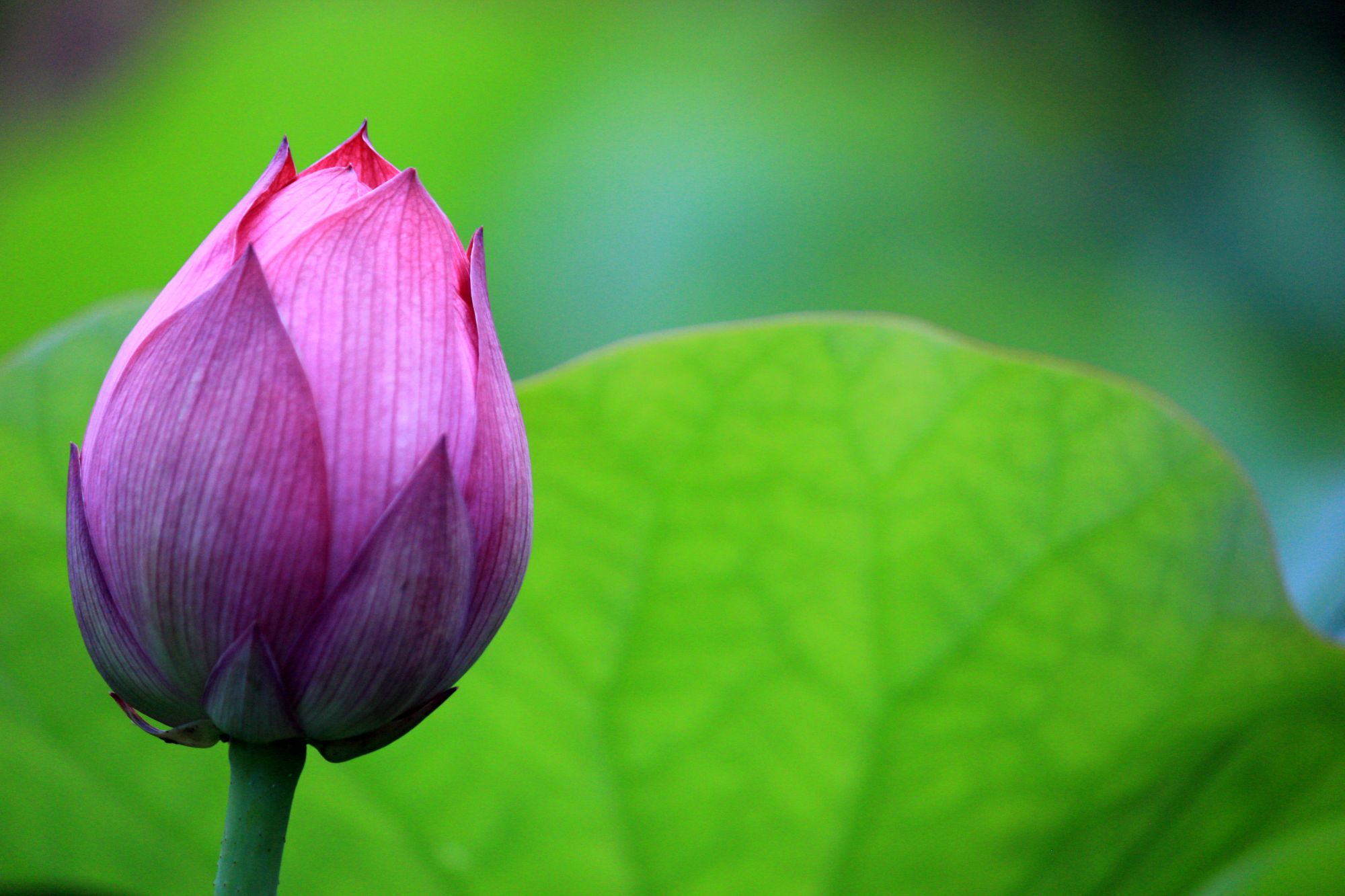
How to Practice Mindfulness
It’s hard living mindfully in our fast and outwardly-focused world. I find it easier to do in small steps. Now, throughout my day, randomly, I stop and notice what I am doing, take a couple of full, deep breaths to bring myself into the present moment, and transition to being only in the present moment of this one activity. The more you do that, the more often you will remember and bring yourself into the present moment.
When I practice Qigong, my mind is calmer, my facial muscles are relaxed, I am more relaxed and life really slows down.
Here’s an example that, I think, proves my state of being was calm and my body relaxed, and it was just last weekend. I had to trim and relocate a catnip bush that grew too big for the spot I had it in. The bees love that bush and I pruned it down, and dug it up, all while the bees were present. I moved smoothly, quietly, not in fear, but paying attention. The bees would buzz away and come back, and tend to the flowers, but they never bothered me, not one bee came after me! I did this little project thinking we can share our spaces without fear, but in unity. It was a spiritual experience!
Mindfulness is a powerful tool to improve attention, focus, mental health, and relationships. I remember my Yuan Qigong teacher, Jana, telling us, “Don’t think with your head, feel with your heart”. It’s life-changing!
Cultivating Mindfulness and Wisdom
MING YUAN - the 9th method of Yuan Qigong - is all about bringing true awareness to every moment of life and living in the present moment. It is an advanced still Qigong method for becoming pure awareness and cultivating realization and wisdom. It is a unique life cultivation method that embodies the 'Convergence of Ten Thousand Methods’.
Learn more about Yuan Qigong Ming Yuan in our At Home Learning program.
